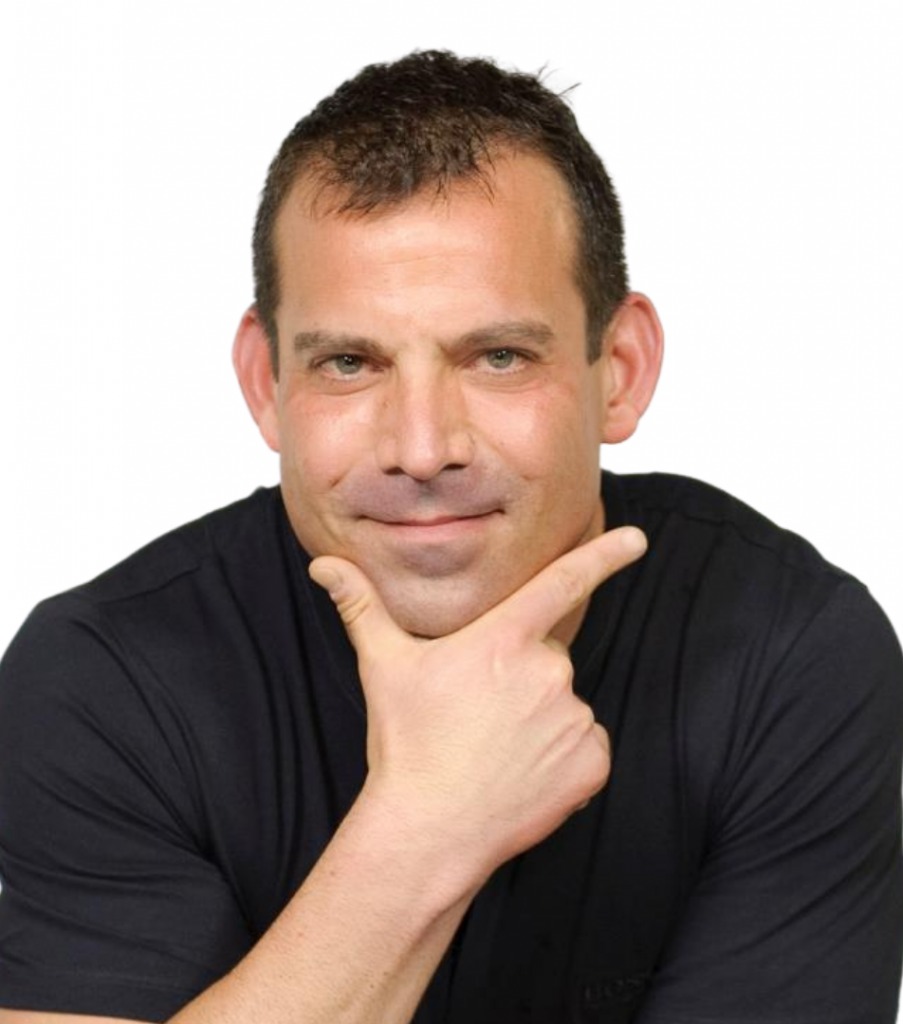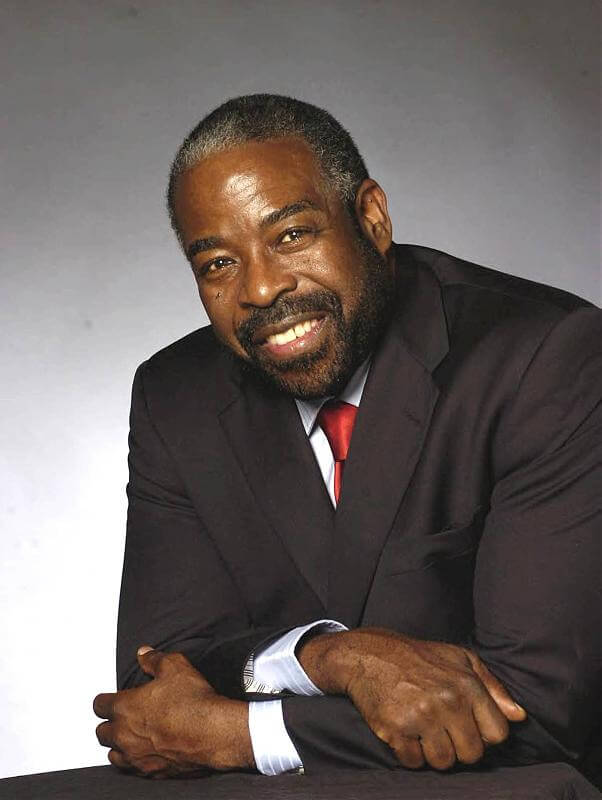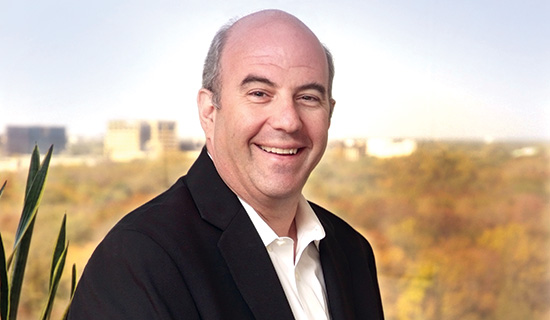Igor opens up about his early fear of mailing his list and making offers. He dives into why fear of rejection is a primal instinct, and how learning to ask, pitch, and sell confidently is the real turning point for every entrepreneur.
[01:02] From Fear to Inbox Domination:
- Delaying communication allows subscriber expectations and engagement to decay, often leading to higher complaint rates upon re-engagement.
- Avoiding outreach due to anxiety about response or backlash can result in worse outcomes than imperfect early attempts.
- Regular contact conditions the audience to anticipate and accept communication, reducing negative reactions over time.
- Scaling from rare emails to multiple daily sends requires gradual adaptation, both for the sender’s confidence and for audience receptivity.
- Each send refines messaging intuition, audience understanding, and deliverability resilience, turning early stumbles into strategic advantage.
[01:43] Stop Apologizing For Your Solutions:
- Selling is not imposition, it’s service: presenting solutions aligns with how modern consumers operate: they expect, seek, and accept offers as part of acquiring what they need or want.
- Today’s audience understands commerce as a voluntary exchange, not intrusion; rejection is a choice, not a personal affront.
- People self-select through attention and actioN: by opting in, staying subscribed, or engaging, audiences signal openness to offers; silence or unsubscribe is valid disengagement, not failure.
- Positioning offers as relevant, problem-solving options (like groceries for a need) normalizes the pitch and reduces psychological resistance, for sender and receiver alike.
- Recognizing that buyers actively hunt for solutions dismantles guilt around promotion and supports sustainable, high-frequency communication.
[02:40] The Elegant Pitch Evolution:
- Resistance often stems from emotional associations (guilt, fear of rejection), not objective reality.
- Every offer is inherently opt-in; “no” is a natural, low-stakes response, not a failure or conflict.
- Reframing emails as neutral invitations, not intrusions, reduces psychological friction and supports consistent action.
- Testing, measuring, and iterating emails builds both technical ability (e.g., copy, timing) and confidence, directly lifting results.
[04:07] The Freebie Trap:
- Lists built primarily through free lead magnets, self-select for free-content consumers, not buyers, creating inherent friction for monetization.
- Mismatched expectations (pitching premium products to a freebie-seeking audience) result in wasted effort, low response, and brand dilution.
- Even when using lead magnets, embedding soft pitch elements or filtering for buyer-readiness helps cultivate a list predisposed to transact.
- Quality trumps quantity: a smaller, buyer-primed list outperforms a large, freebie-conditioned one in revenue, engagement, and scalability.
[07:07] Why Webinars Convert:
- Webinars are high-intent lead magnets, they offer value upfront while embedding a natural, expected pitch, conditioning attendees for commercial dialogue rather than free-only expectations.
- A well-structured webinar earns the audience’s consent to be sold to by first delivering insight, coherence, and relevance, making the pitch feel like a logical next step, not a bait-and-switch.
- Unlike high-pressure live events where leaving is discouraged, the ease of exiting a webinar acts as a filter: those who stay through the pitch are self-qualified buyers.
- Webinars align incentives, they deliver real education and present a solution, creating a more ethical, scalable, and sustainable conversion path than pure freebies or coercive tactics.
- By decoupling value from obligation, webinars support trust-building while preserving commercial intent, bridging the gap between service and sale.
[09:45] The Biological Reason You Hesitate:
- Fear of rejection is evolutionarily wired: it stems from survival instincts tied to tribal belonging; exclusion once meant literal danger, making social disapproval feel existentially threatening, even in low-stakes modern contexts like sending an email.
- Entrepreneurs often conflate offer rejection with personal rejection, leading to under-communication, diluted messaging, or avoidance of selling altogether.
- High-performing marketers reframe rejection as data: each “no” sharpens targeting, messaging, and timing, transforming fear into feedback and reinforcing resilience through iteration.
[10:56] Rewriting Your Rejection Response:
- Avoiding outreach, launches, or pitches often masks deeper anxiety about hearing “no,” not lack of skill or time.
- Progress requires repeated exposure, reframing “no” as information (not judgment), and building tolerance through small, incremental risks.
- Residual fear persists, but doesn’t have to control action: even after significant rewiring, traces of discomfort may remain; the goal is functional mastery, not elimination.
- Recognizing that rejection in marketing is impersonal, common, and low-consequence enables consistent execution, even when discomfort lingers.
- The cost of unaddressed rejection fear compounds: delayed launches, diluted offers, and missed opportunities accumulate far greater long-term damage than the temporary sting of a single “no.”
[12:01] Igor’s Book On Email Marketing:
Visit www.igorsbook.com to learn more.












